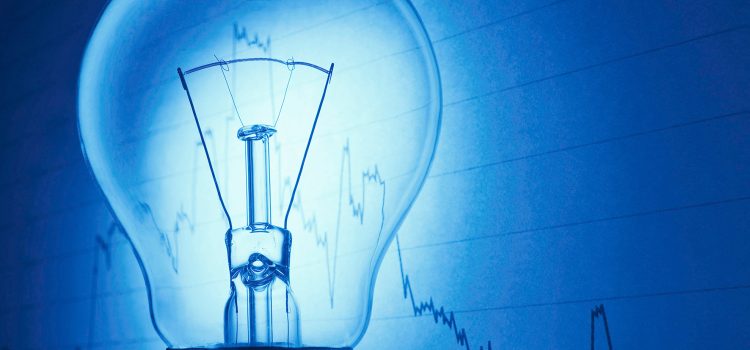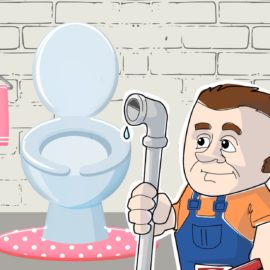
Electricity… a sort of energy that can do an unlimited number of things in our homes. It provides power to radios, television receivers, high-fidelity phonographs, telephones, as well as front- and back-door bells and buzzers. Electric motors operate our laundry washers, dishwashers, ventilation and circulation fans, and a range of other equipment. Not only does electricity give light in our homes, but it also warms toasters, rotisseries, coffee percolators, and other gadgets.
In the previous article, we’ve explored the sources of energy for electric generators. Today, we shall take a look at the different types of generating plants.
The Different Types Of Generating Plants
Steam Stations
Most of the electric energy used today is generated in steam stations, in which heat energy is converted into the mechanical energy required to turn the shafts of electric generators. Steam stations can run on any of the chemical fuels; in fact, they can utilize any energy source that produces heat. The heat is used to convert water into steam.
Pumps force water under high pressure into the steam generator, a complicated vessel made up of drums and tubes. As water passes through the generator, it absorbs the heat released by the fire of the burning fuel and is converted into steam. Before it leaves the generator, the steam is led through another set of tubes exposed to the hot gases of the fire and its temperature is raised to as much as 1, 100 °F.
The superheated steam is now led to a steam turbine. It flows at high velocity past control valves and through nozzles. The steam jets that leave the nozzles strike blades mounted on the rims of wheels or disks and cause the disks to turn rapidly. As many as twenty turbine disks may be mounted in series (that is, one behind the other) on a single shaft. As the shaft turns, it drives the electric generator and produces current.
The flow of fuel and air to the steam generator furnace is regulated by an automatic control system to match the fluctuations in the demand for electricity increases, the turbine slows down. Its governor (an automatic attachment for controlling speeds) then opens the control valves wider, thus admitting additional steam and restoring the set speed (either 1, 800 or 3, 600 revolutions per minute). When the steam valves are wider open, the increased steam flow from the steam generator causes the steam pressure in the generator to drop. This brings the combustion-control system into action. More air and fuel now flow into the furnace. This supplies more heat energy; the steam pressure is then restored to normal.
When the demand for electrical energy decreases, the generator shaft speeds up. The increasing speed causes the turbine governor to reduce the opening of the inlet steam valves and to reduce the steam flow; this restores the set generator speed. Reduced steam flow backs up to the steam coming from the steam generator, causing the steam pressure to rise. The combustion control system then reduces the flow of fuel and air into the furnace. Steam pressure is now brought back to normal.
Nuclear-Powered Stations

The only difference between conventional steam stations and nuclear-powered stations lies in the way heat is generated. Instead of a steam generator, provided with a furnace to burn chemical fuels, the nuclear plant has a reactor that holds the fuel – uranium, plutonium or thorium – in a core arranged in a fixed pattern. When the fuel is allowed to fission in a controlled chain reaction, heat is generated and applied to a fluid (such as high-pressure water or liquid metal) circulating in a closed system. The heated fluid converts water circulating in another closed system into steam and the steam runs a turbine.
A nuclear power plant may be able to run a year or more on a single fuel charge. The heat production depends on the rate of fissioning; this can be varied by moving control rods in and out of the core. Thus the nuclear power plant can meet the fluctuating demands for electric energy.



